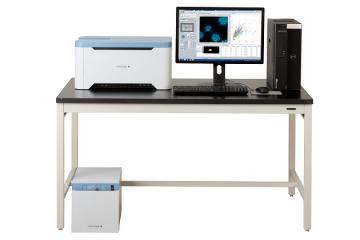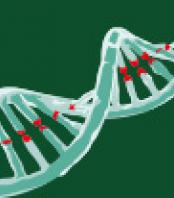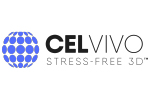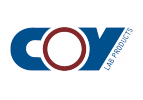Here, we explore the possibility of collecting CTCs using blood-compatible and thermo-responsive poly(2-(2-ethoxyethoxy) ethyl acrylate-co-2-(2-methoxyethoxy) ethyl methacrylate) (P(Et2A-Me2MA)) through adhesion and detachment by incubation under a lower critical solution temperature of P(Et2A-Me2MA). A P(Et2A-Me2MA)-coated substrate is dissolved by incubation under 15 °C. A P(Et2A-Me2MA)-coated substrate can suppress platelet adhesion whereas it allows the cancer cells to adhere by an epithelial cell adhesion molecule (EpCAM) expression-independent mechanism. These results suggest that cancer cells can specifically adhere to a P(Et2A-Me2MA)-coated substrate, which can be used to isolate CTCs from peripheral blood. Moreover, approximately 90% of the adherent cells can be detached by incubation at 10 and 15 °C for 30 and 90 min, respectively. The collected cells can be cultured healthily in the presence of dissolved P(Et2A-Me2MA), suggesting that the cytotoxicity of P(Et2A-Me2MA) is low. In conclusion, P(Et2A-Me2MA) is suitable for the development of devices that collect intact CTCs via an adhesion-based method.
Read more





































